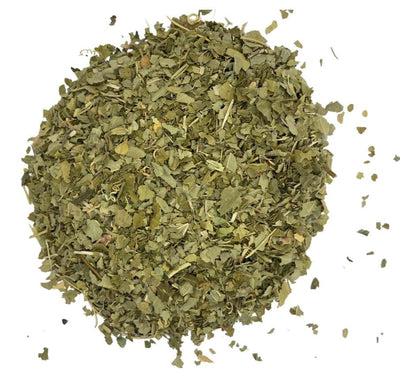Oolong Tea Facts
 Tea plays a central role in Chinese culture both in social and business settings. Oolong tea is a prized tea and serves as a social status indicator. The name ‘oolong’ is a combination of the term ‘Wu’ which means black and ‘long’ meaning dragon. So therefore, oolong means ‘black dragon’. This name likely comes from the fact that the long leaves resemble the curling body of mythical Chinese dragons. Oolong tea has beautiful strong aromas, a vibrant, glossy colour and a range of notes. There are different types of oolong teas which vary due to the area from which it is grown and the amount of oxidization the tea has gone through.
Tea plays a central role in Chinese culture both in social and business settings. Oolong tea is a prized tea and serves as a social status indicator. The name ‘oolong’ is a combination of the term ‘Wu’ which means black and ‘long’ meaning dragon. So therefore, oolong means ‘black dragon’. This name likely comes from the fact that the long leaves resemble the curling body of mythical Chinese dragons. Oolong tea has beautiful strong aromas, a vibrant, glossy colour and a range of notes. There are different types of oolong teas which vary due to the area from which it is grown and the amount of oxidization the tea has gone through.HOW IS OOLONG TEA PRODUCED?
Chinese oolong is the most complicated tea to produce and requires great skills to craft the range of colours, flavours and fragrances. After the leaves are picked, they are left to wither in the sun to remove any moisture. They are then taken indoors and placed on bamboo trays and agitated to start their slow oxidisation process and continue to wither. It is then heated using a long tumbler of air to a high heat to stop any further oxidisation. Finally, the leaves are shaped, often into little balls, then roasted over charcoal to further remove any moisture.
*Learn more about processing tea here.

WHAT IS THE DIFFERENCE BETWEEN GREEN TEA, BLACK TEA AND OOLONG TEA?
All tea comes from the leaves of a shrub called Camellia sinensis. Oxidisation is a chemical process that occurs when tea leaves are exposed to the air and is responsible for the taste and colour of the different types of tea. Green tea does not go through any oxidisation. Black tea is created by fully crushing the leaves to enhance oxidisation and oolong tea the leaves are wilted in the sun and then allowed to partially oxidise.

HOW TO BREW OOLONG TEA
Use around 1 teaspoon per cup.
Bring cold, preferably filtered water up to 80 degrees Celsius and pour carefully over the leaves. Leave for 2-3 minutes. If you use a glass tea pot or cup you can watch the leaves unfurl which looks mesmerising.
You can re steep the tea leaves multiple times, as the flavour will become stronger each time. You should be able to get 4 or more steeps out of each teaspoon of tea, making it very cost effective.
Although not traditional, the aromatic flavours of oolong tea also make it perfect for an iced tea in the summer months.

HEALTH BENEFITS OF OOLONG TEA
- Boosts metabolism.
- Weight loss
- Reduce cholesterol.
- Cardiovascular benefits
- Increase mental awareness.
- Aids digestion
- Promotes healthy hair.
- Normalises blood sugar levels int the blood.
- Reduces tooth decay.
Learn more about the health benefits of tea here.
At Tea by Birdy we stock Oriental Beauty (an organic oolong) as well as Oolong and Rose (organic oolong with whole rose buds).







